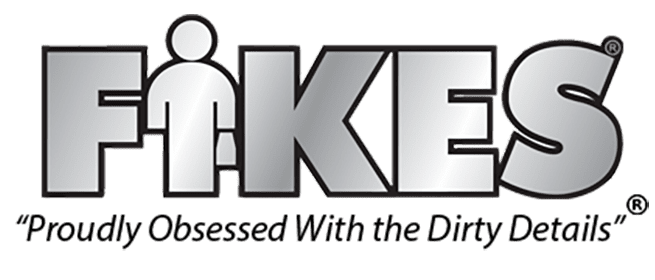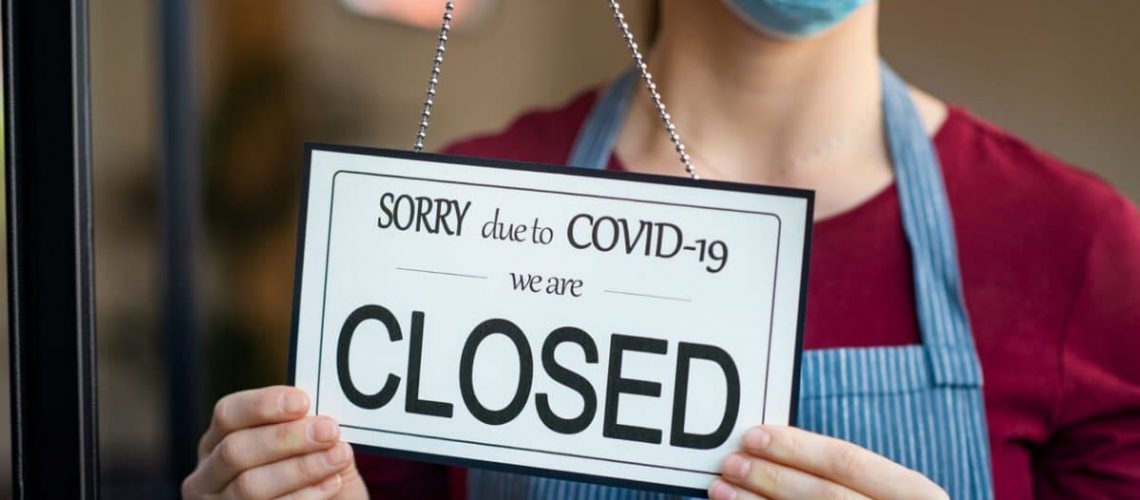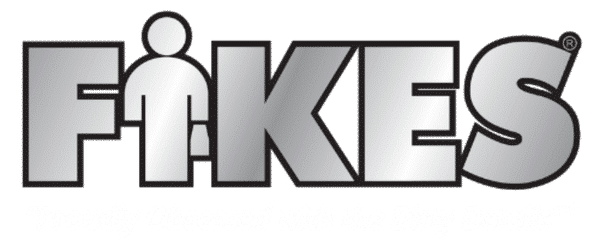When an employee at a store in Seattle tested positive for COVID-19, the entire facility shut down. Within hours, the store had cleared out all of the customers and closed its doors for two days of deep cleaning using hospital-grade disinfecting equipment.
It’s up to each business to determine how it will react to coronavirus exposure. From notifying employees to disinfecting contaminated facilities, a complex web of legal obligations, restrictions, market forces, and operational concerns will govern what a business can and cannot do—and these can vary between industries and individual companies. While some businesses may close down entirely to disinfect their facilities, others may want to continue operating, so it’s important to work with a cleaning partner who can accommodate your unique needs and be there when (and if) you need emergency disinfection service.
Taking precautions can help limit the chances of your employees contracting the virus, that is why we recommend having a plan and a program to eliminate that possibility entirely – at least among your employees. If someone from your company does test positive for COVID-19, here are some steps you can take to minimize exposure and protect your team and customers.
Step 1: Retrace the infected employee’s steps
The most important thing to do when your workplace has been contaminated is to methodically map out which parts of your facility the infected employee has accessed so you can disinfect any surfaces they may have touched. These can include not only the person’s individual workspace but restrooms, break rooms, meeting rooms, and other shared spaces.
Step 2: Immediately close off all affected areas
Once you know where the employee has been, immediately close off those areas until they can be disinfected. If you can’t close them entirely, restrict access as much as possible; If possible, you may need to provide alternate exit and entry routes for other employees near the impacted areas.
Step 3: Open doors and windows
Since COVID-19 is transmitted via respiratory droplets, you’ll want to increase ventilation to the affected areas to limit the presence of the virus. The Centers for Disease Control and Prevention (CDC) recommends opening doors and windows to improve air circulation and waiting as long as possible—preferably at least 24 hours—before disinfecting.
Step 4: Disinfect all surfaces
It’s fully unclear how long the novel coronavirus remains active on contaminated surfaces. Under real-world situations, it most likely might be active for hours. It depends on the temperature, humidity, and type of surface.
Proper disinfecting requires a multi-step process. First, dirt must be cleaned from the contaminated area. Then all surfaces need to be disinfected using a product the Environmental Protection Agency (EPA) considers effective against COVID-19. It’s important to follow the label’s directions carefully and leave the product on for the full recommended time to kill the virus.
Step 5: Follow up with electrostatic spraying
Electrostatic spraying uses a power sprayer to charge the particles of hospital-grade disinfectant to more evenly cover the target area. Using this technique, Fikes can cover the area more quickly and thoroughly than with traditional manual spraying.
Step 6: Find the proper service provider
Dealing with COVID-19 exposure can be stressful, and it’s something every business leader needs to prepare for. If you have a confirmed COVID-19 case, look for disinfection services providers in your area. Lastly, better to spend some money now than to lose all of it because you are shut down for a long time.
At Fikes we focus on both proactive and reactive measures! It’s essential to have a professional disinfection and cleaning partner in your corner. We are a local janitorial company in Oregon and Washington. Call us for a free consultation. We can even tour your facility virtually! Call us at 253.854.2439




